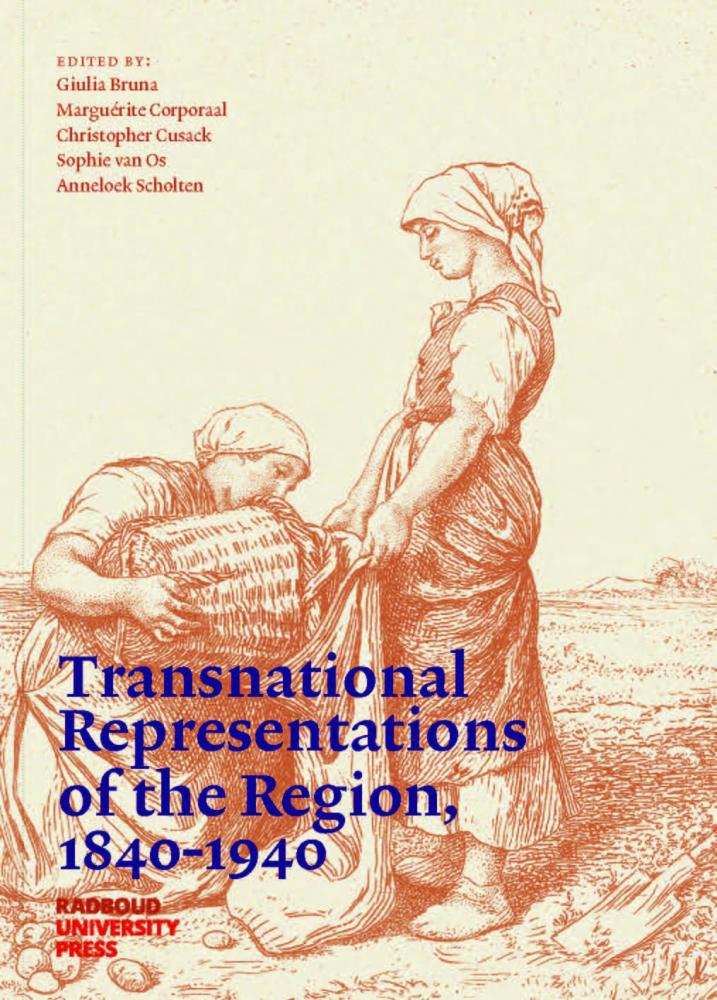The Global Vernacularisation of Regional Identities: Cultural Isomorphism at World Fairs, 1851-1939
Synopsis
The Great Exhibition of 1851 was quickly followed by myriad other world fairs. At these international exhibitions, vernacular elements – folklore, peasant houses, artisanal traditions and typical dishes – were increasingly used to represent the regional diversity of the nation. As they were very successful in drawing the attention of the public, vernacular buildings and ethnographic villages became indispensable elements of every major exposition. World fairs, however, functioned as a global platform of exchange, where exhibition practices, vernacular categories and territorial identities were standardized. This can be defined as a process of cultural isomorphism, the mechanisms of which will be illustrated by analysing the Panama-Pacific Exhibition in San Diego (1915) and the Ibero-American Exhibition in Seville (1929).
Downloads
Pages
Published
Series
Categories
License

This work is licensed under a Creative Commons Attribution-NonCommercial-NoDerivatives 4.0 International License.


